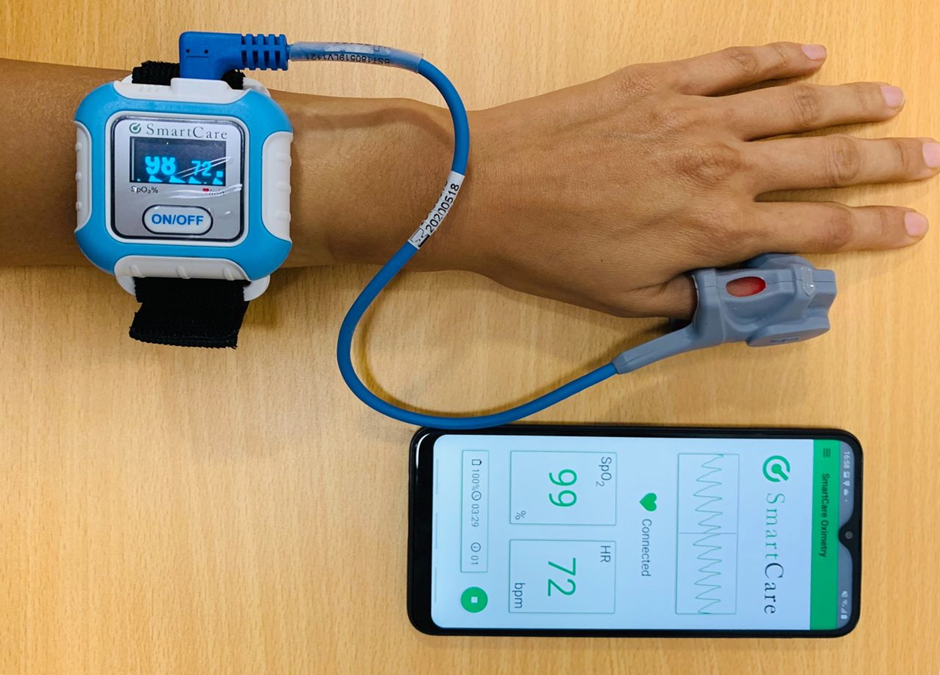Introduction to Remote Patient Monitoring
Remote patient monitoring (RPM) utilizes connected devices and digital technologies to monitor patients outside of traditional healthcare facilities. With RPM, various vital signs and health metrics can be tracked, recorded and shared with care providers remotely. This supportive level of care helps improve outcomes while reducing costs.
Remote monitoring devices allow patients to remain in their home while their doctors and nurses collect the clinical information they need. Conditions that commonly utilize RPM include congestive heart failure, diabetes, chronic obstructive pulmonary disease (COPD), asthma and hypertension. These chronic disease states are well-suited for remote monitoring since they involve ongoing self-care and management.
Common Types of Remote Patient Monitoring Devices
There are several key types of remote monitoring devices that are used in RPM programs. They allow care teams to gather a wide range of health indicators without an in-person visit.
One of the most popular is glucose monitors for diabetes patients. Connected glucose meters can automatically send blood sugar readings to clinicians for review. This ensures any concerning highs or lows don't go unnoticed.
Blood pressure cuffs are another essential home monitoring tool. Hypertension requires close monitoring, and remote cuffs with transmission capabilities take the pressure readings and deliver them electronically.
Weight scales are also valuable for conditions like heart failure that require weight trends to be tracked. Digital scales with wireless features upload weights on a set schedule so weight gains can be addressed proactively.
Pulse oximeters measure oxygen saturation, an important indicator for respiratory illnesses. Fingertip monitors measure and send oxygen levels along with pulse rates.
For COPD and asthma, spirometers objectively measure lung function through forced expirations. Networked spirometers make it possible to spot any downward trends requiring intervention.
All of these devices automatically send readings to online patient portals or secure electronic health records where clinicians can access the information. This closed-loop process means fewer visits are needed and issues come to light sooner.
Benefits of Remote Patient Monitoring Devices
Beyond the convenience aspects, RPM provides several proven core benefits compared to in-office care alone:
Improved Clinical Outcomes - More frequent data points allow providers to spot worsening symptoms earlier before a serious event occurs. This proactive approach leads to better control of chronic conditions.
Reduced Hospital Admissions and Readmissions - Catching health changes early through remote monitoring helps avoid emergency department visits and hospitalizations. This saves on treatment costs.
Greater Treatment Adherence - Digital reminding features and automated data uploads increase medication and lifestyle adherence compared to occasional office visits alone. This adherence boost further enhances outcomes.
Improved Patient Satisfaction - Patients prefer independence and convenience. Surveys consistently show high satisfaction with remote care that does not require as much time away from home and work.
Lower Healthcare Costs - By reducing hospital visits and length of stays, remote patient monitoring programs have been shown to save thousands per patient annually. This offsets the costs of devices and software over time.
Remote Patient Monitoring Device Widespread Implementation Challenges
While remote patient monitoring continues gaining traction, there are still barriers limiting more widespread adoption across the healthcare system:
Reimbursement - Private insurers and government programs have been slow to provide proper payment for the services, devices, data management and clinical oversight required for effective RPM programs. Without reimbursement, hospitals struggle to implement them.
Interoperability - The lack of compatibility between devices, patient portals, EHRs and other systems creates data sharing challenges. Synchronizing information flow is crucial but technically difficult.
Provider Buy-In - Some clinicians remain hesitant about RPM, doubting the ability to establish the same rapport and physical exam skills as in-person care. Education is needed to show monitoring's benefits.
Reliability Concerns - Devices must reliably transmit accurate data. Early mHealth technologies were flawed but modern versions have addressed most quality issues through rigorous validation.
Patient Technology Skills - Not all patients are comfortable or capable with technology like downloading apps, uploading readings and navigating portals. Programs require adaptability for varying skill levels.
Data Security - As with all connected health tools, ensuring protected transmission and storage of private medical information is paramount. Leading RPM vendors have robust security protocols.
Despite current barriers, telehealth advocates expect reimbursement support and technology improvements to continue resolving challenges. As remote monitoring proves its value, implementation across conditions will expand steadily in coming years. When paired with office visits, it is transforming healthcare delivery for the convenience and benefit of all involved.
About Author:
Ravina Pandya, Content Writer, has a strong foothold in the market research industry. She specializes in writing well-researched articles from different industries, including food and beverages, information and technology, healthcare, chemical and materials, etc. (https://www.linkedin.com/in/ravina-pandya-1a3984191



